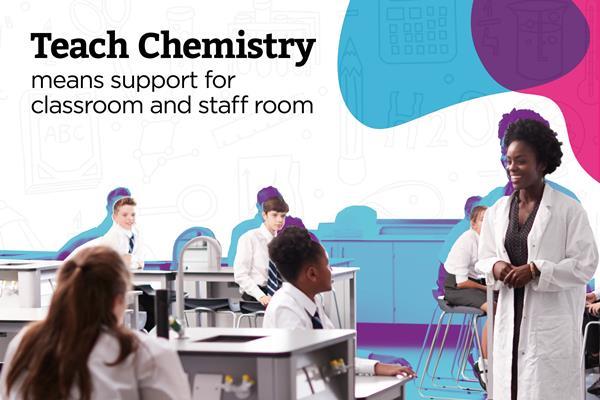A red sun

Declan Fleming makes a glowing sun with red phosphorus
I find it hard to choose when students ask me for my favourite element, but phosphorus ranks quite highly. Like carbon and sulfur, it displays a range of allotropes with interesting structures and properties to discuss. One of the most iconic phosphorus demonstrations involves igniting white phosphorus in a large round bottomed flask filled with oxygen to produce a magical glowing ‘sun’.
Many think the experiment can only be performed with white phosphorus, which is hard to acquire and difficult to handle safely. But this isn’t the case – exactly the same astonishing effect can be produced with red phosphorus.
This demonstration is ideal for use with lessons on periodicity. Lower school students may need to appreciate that the oxides of non-metals form acids and that these play a role in acid deposition. Older students are often required to know the properties of the period 3 elements and the reactions of their oxides with water.
With an accompanying video, Declan Fleming demonstrates how to make a glowing sun with red phosphorus, from preparation to presentation and classwork around this.
Thanks for using Education in Chemistry. You can view one Education in Chemistry article per month as a visitor.

Register for Teach Chemistry for free, unlimited access
Registration is open to all teachers and technicians at secondary schools, colleges and teacher training institutions in the UK and Ireland.
Get all this, plus much more:
- unlimited access to resources, core practical videos and Education in Chemistry articles
- teacher well-being toolkit, personal development resources and online assessments
- applications for funding to support your lessons
Already a Teach Chemistry member? Sign in now.
Not eligible for Teach Chemistry? Sign up for a personal account instead, or you can also access all our resources with Royal Society of Chemistry membership.


